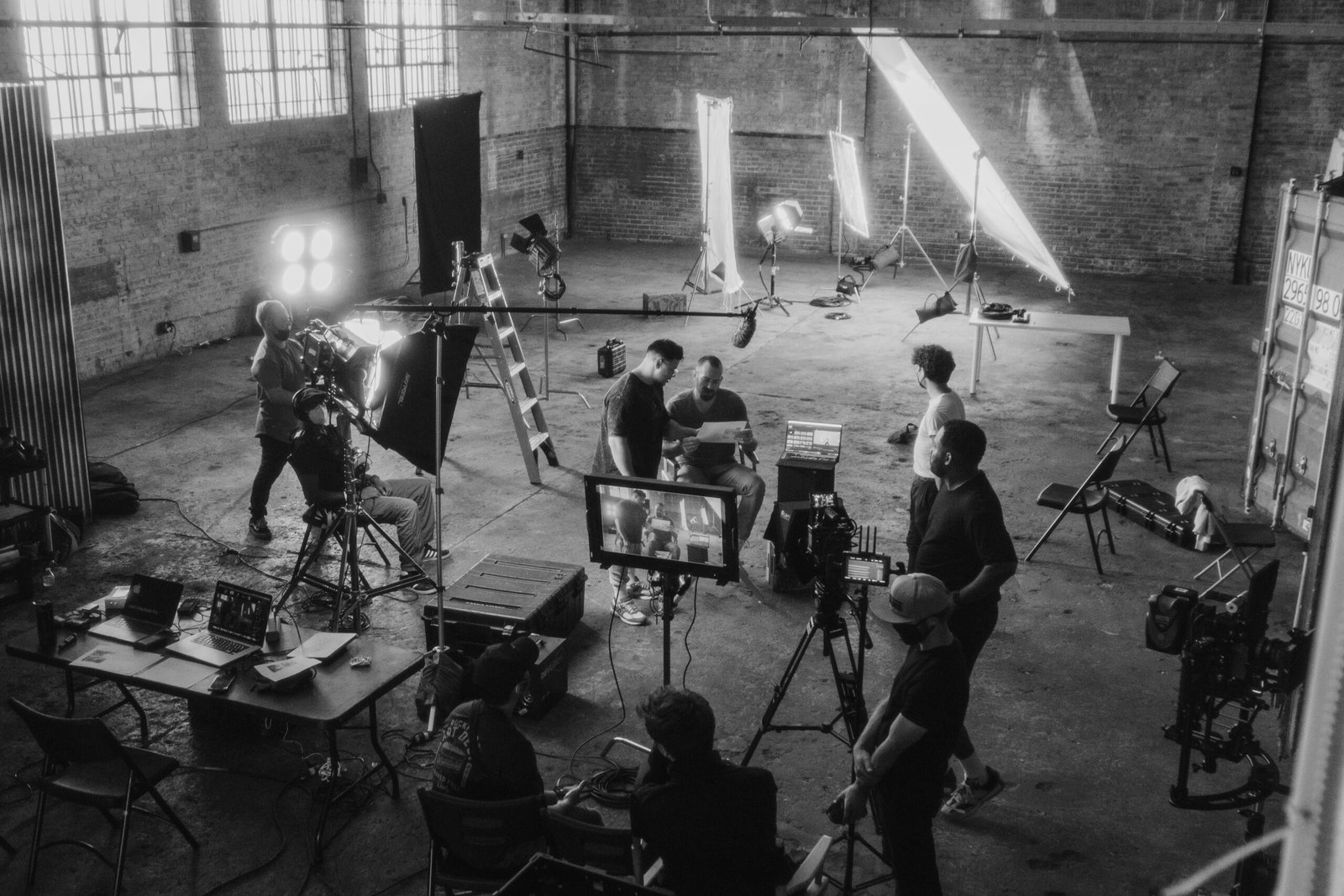In a recent McKinsey consumer survey, 59 percent of respondents stated that they prefer to conduct at least one daily activity such as socializing, shopping, fitness, or education in the virtual world rather than in person. As shown by this year’s Augmented World Expo turnout, the $35B XR market is on a growth trajectory slated to hit $345 billion by 2030.
Similar to the pervasive discussions around AI which has gripped the social consciousness as well as the White House, the XR market will be only further integrated into American life and more easily accessible for consumers in traditionally associated markets, i.e. gaming and home entertainment. Nevertheless, XR technology is enhancing the internal training experience for many of the companies that have adopted more digital practices. The use of XR technology has not only increased the speed of training by 75% but offers learners the opportunity to experience real life situations in a safe space. Incorporating XR into onboarding processes to reduce the physical and financial risks of training is a great first step for businesses testing out the virtual technology waters. XR could positively impact this small area of business which builds on a variety of ways to optimize internal practices for better delivery and service.
How XR Affects Designers And Informs Consumers Alike
While about 9 in 10 consumers in the United Kingdom and the United States say they are aware of VR, just 65% of consumers admit to any familiarity or knowledge regarding AR. This may seem jarring, but based on the data available, much of the public – even when confronted with augmented reality – could not distinguish the disparities between the three forms of extended realities (XR). Much of the general populace does not have a full or even partial comprehension of how new XR technologies may already be playing a role in their daily lives. Consumer perception of the extended realities was still tied to the gaming industry at large (AR at 53% while VR comprised 63%).
Behind gaming and film and TV content, AR users believed this technology had the most potential in the social media industry. This will certainly be good news for Meta, which has developed its AR Studio tools, and Snap, which has recently allowed advertisers to programmatically purchase AR-powered creative tools via its ad platform. However, that does not paint a full portrait of extended realities’ current implementation across a host of markets and platforms. Despite XR’s deep ties to the gaming and film and television industries, AR has nevertheless proven to have more tangible purposes, affecting fields like medicine.
Let’s take a look at one product now available for purchase, AccuVein, a near-infrared (NIR) vein visualization technology that raises the bar for vascular access care. When clinicians use an AccuVein device for pre-insertion assessment, nurses, phlebotomists, and doctors alike can rapidly identify optimal vein targets. This AR technology increases the likelihood of a successful first-time injection by 350% as well as boasting an improved first attempt success (92% stick rate), thereby reducing escalation calls. AccuVein also helps ensure that IV catheters last for the duration of therapy.
According to the NIH, peripheral intravenous access is the most commonly performed procedure in the emergency department (ED) with 150–200 million PIVs placed annually in North America. Unfortunately, diseases frequently encountered in the ED, such as diabetes, intravenous drug abuse, and sickle cell disease, are often associated with difficulty of PIV placement. Studies have demonstrated that as many as 8–23% of ED patients meet criteria for difficult venous access. The use of Accuvein’s AR would likely transform patient care in every emergency department in the United States and diminish patient discomfort and expedite the rate of care for difficult venous access patients.
In one documented case by the NIH, AccuVein’s AV400 was able to assist in a dermatological punch biopsy, helping the physician to minimize the bleeding and avoid catastrophe puncturing a large vein. When applying the vein finder, the clinician discovered one large vein with an extensive network of small superficial branching vessels unseen to the naked eye. A subsequent diagnosis was made. But AR is not just making a tactile difference in the world of medicine.
XR design tools allow companies to experiment with new ideas without waste. Brands are already leveraging AR technology to promote upcoming products and events. Platforms like Snapchat and Instagram offer marketing routes to increase customer engagement rates.
AR & Commerce
In a recent survey conducted by Deloitte, roughly 34% of customers are already using Augmented Reality while shopping (47% using the technology both in-store and online). AR has also begun to revolutionize the buyer’s journey with innovative new tools that supplement traditional retail experiences with immersive solutions. In June 2022, IKEA launched an artificial intelligence (AI) driven MR application that allows customers to place digital twins – a virtual representation of an object – of products in their homes before purchasing. The IKEA Kreative application lets potential buyers preview interior design products like desks, chairs, and lamps, as AR digital twins. The application – available for viewing in their online advertisement – also provides light and shadow rendering abilities that realistically simulate an object in a chosen setting.
On the other hand, US retail firm Walmart debuted a virtual try-on solution in September 2022. The AR service allows customers to virtually don a clothing product before purchasing. The Be-Your-Own model application contains roughly 270,000 digital twins of women’s clothing that leverage neural networks to simulate material behaviors based on user height and shape. Meanwhile, the Glimpse Group debuted a similar virtual try-on platform with launch partners such as Cartier, Gucci, Adidas, and New Era. Released via the firm’s QReal subsidiary, TRYO contains a library of 3D digital twins of real-life products. The firm updates TRYO weekly with new digital twins of highstreet products. Brands and online marketplaces can integrate the TRYO service as an additional website feature, or users can access the service via a free iOS application.
GenZ + XR = ROBLOX
It would be impossible to ignore the trends and growth of more traditionally expanded realities without discussing Gen Z’s pervasive use of Roblox (on average 180 minutes per day). While the metaverse marketplace is worth over $38.5 billion, analysts anticipate that the metaverse sector will experience an annual expansion rate of 13.1%. Global spending on VR/AR, the metaverse’s foundation technologies, is expected to rise from $12 billion in 2020 to $72.8 billion in 2024. As Meta CEO Mark Zuckerberg recently stated, “Metaverse isn’t a thing a company builds. It’s the next chapter of the internet overall.”
Young people’s infatuation with extended realities has skyrocketed, and perhaps no company has been a greater beneficiary of the young people’s attention than Roblox, a virtual universe where players can create their own games, build their own worlds, and play games created by other players. The platform has a staggering number of active players (over 150 million) with over 40 million games created by its users, 51% of which are under 13 years old. In the virtual landscape, users create avatars and may purchase digital products, enabling them to cultivate a signature style and aesthetic. Roblox posted a study earlier this month, over half (56%) of Gen Z-aged Roblox users report styling their virtual avatars as more important than styling themselves in the physical world. The preference is up from 42% as reported last year.
Traditional brick and mortar companies have also entered the metaverse, utilizing the VR market to expand their digital footprint. Gucci had an impressive 19 million people flock to the Gucci Garden, a promotional immersive multimedia experience that explored and celebrated the House’s inimitable creative vision within the Roblox environment that ran for two weeks. Nike established its own Nikeland wherein participants could play games, socialize, and dress up their avatars with digital items like the Air Jordan and Nike Blazers while Estee Lauder made a splash at the Decentraland’s MetaVerse Fashion Week, where they presented avatars with NFTs that enabled them to possess a “magical glow” akin to the brand’s popular night cream.
XR Design Requirements
Landing a senior role in the booming XR design field requires a particular set of skills that will stand out among the proliferating talent pool. For those looking to bring on Senior XR Design positions, candidates must have a deep understanding of human-computer interaction (HCI) principles and be able to apply them to design XR experiences that are both user-friendly and engaging. They should also be proficient in a variety of 3D design softwares, such as Maya, Blender, or Unity. Additionally, Senior XR Designers should have a strong portfolio of work that showcases their ability to create innovative and effective XR experiences. Here are some of the key qualifications for a Senior XR Designer:
- Bachelor’s degree in Industrial Design, Graphic Design, HCI, or a related field
- Proficiency in a variety of 3D design software
- Deep understanding of HCI principles
- Ability to apply HCI principles to design user-friendly and engaging XR experiences
- Strong portfolio of work
- Experience with Unity, Unreal Engine, or another similar gaming engine
- Understanding of VR and AR hardware and software
- Strong communication and collaboration skills
How AI Will Affect AR & VR Experiences?
Extended Reality is quickly becoming one of the most transformative technologies in the graphic design industry. “AR and VR technologies are like two sides of a coin. AR overlays digital information onto our physical world, while VR creates fully immersive digital environments,” says Chelsea Donovan, senior manager of corporate digital experience at Genentech – an American biotechnology corporation headquartered in South San Francisco. “It’s safe to say that the fusion of generative AI with AR and VR is no longer just the stuff of sci-fi. It’s here and revolutionizing how we work, play and interact with the world around us.”
AI algorithms can analyze user behavior and preferences, allowing XR systems to adapt and personalize the experience in real-time. For example, AI can track eye movements and gestures to understand where users are looking and how they are interacting with virtual objects. This enables XR applications to provide more intuitive and immersive experiences, enhancing user engagement and satisfaction.
Top 5 Generative AI Enhancements
1. Content Creation and Augmentation
- Virtual Worlds: In VR environments, Generative AI can create realistic 3D models, textures, and animations, enhancing the immersive experience.
- AR Overlays: In AR, Generative AI can generate real-time overlays, enriching the user’s view with contextually relevant information, such as directions, information about objects, or historical facts.
2. Realistic Environments and Assets
- Environmental Generation: VR worlds can be dynamically generated or adapted based on user interactions or real-world data, providing endless possibilities for exploration.
- Object Generation: Generative AI can create lifelike 3D objects, characters, and items, contributing to the realism of XR experiences.
3. Personalized and Adaptive Content
- Adaptive Storytelling: In XR storytelling experiences, Generative AI can adjust narratives based on user choices, creating unique story arcs for each user.
- Personalized Augmentations: AR apps can customize information overlays and visual enhancements based on a user’s preferences and context.
4. Real-Time Translation and Object Recognition
- Language Translation: AR apps can translate text in real-time, making foreign languages accessible and facilitating international communication.
- Object Recognition: Generative AI can identify and provide information about objects or landmarks in the user’s field of view, improving AR-based navigation and education.
5. Training and Simulation
- Military and Medical Training: XR simulations for military or medical training can benefit from realistic scenarios and environments generated by Generative AI.
- Architectural Visualization: Architects and designers can use XR to visualize building designs in a realistic virtual space.
Any company that is not currently working to build, develop, or enhance its extended reality position needs to reassess its strategy or risk losing market share. But hiring a specialized team of XR design professionals presents a set of challenges on par with hiring a specialized AI development team. Both fields are nascent, meaning small, and command a premium. Not every chief design officer, product officer or technology officer is equipped to lead this process. Yet their alignment with these efforts will be essential. XR is not just an inevitable outcome of an evolving digital world, it is the domain of young audiences who will command their piece of the market share in the coming years.




